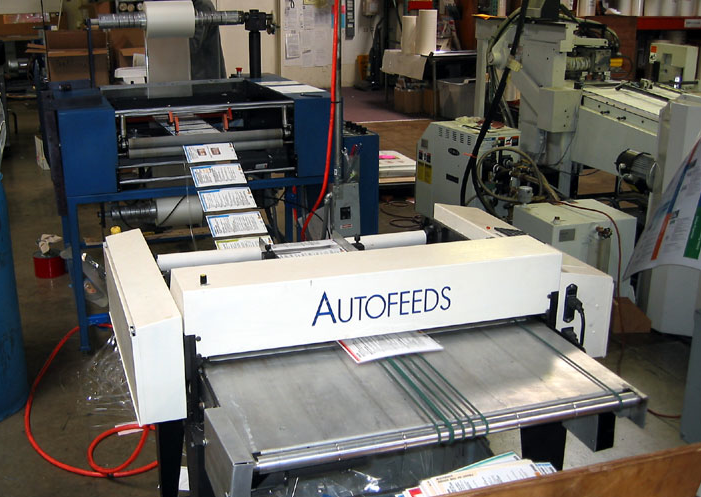STAR LAMINATORS, INC.
Packaging Coatings
Blister Coatings
Blister packaging uses a thermoformed plastic “blister” to pack a product to a printed card. Blister adhesive activates with heat and pressure, to glue the blister to the card.

For Face Blister applications, apply blister coating over the printed face of the press sheets. Fold over, or encapsulated blister cards are blister coated on the back-side of the printed sheet. Blister Coating is designed to work with Blister Board. Other papers should be tested first to verify their suitability for your application.
When you receive your coated blister cards, the following procedures must be followed:
- Move pallets to a cool indoor location out of direct sunlight.
- Immediately remove banding and wrapping materials., to allow any residual moisture to evaporate.
- Sheets should be die cut as soon as possible.
- Always store sheets and die cut cards in a cool location, preferably under 80 degrees F.
- Stack cards on their sides, loosely in boxes, as overloading or pressure will cause cards to stick together, and may cause the ink to pick.
- Only use enclosed vehicles to transport blister-coated sheets to avoid their exposure to direct sunlight.
Due to the high temperatures involved in sealing blister packaging, we recommend UV coating with fold-over or two piece “encapsulated” blister. This will protect the ink from picking during the sealing process. Use heat resistant inks and coatings.
Blister Sealing Parameters:
- Indirect Temperature should be 350 degrees Fahrenheit.
- Dwell Time should be 3+ seconds.
- Pressure should be 60 psi
Please note that blister coating cannot be applied over Aqueous Coating.
Skin Coating
Skin Packaging uses a soft plastic “skin” to attach products to a printed card. Skin adhesive activates with heat. The product is placed on the printed card, and inserted into the sealer. A plastic “skin” is heated and draped over the product and card. Vacuum underneath the card pulls the plastic skin down to firmly seal against the card, encapsulating the product.

Apply skin coating over your printed sheets. Skin coating is designed for use with Skin Board only. Other stocks may be used, however, you will need to perforate the paper after skin coating to allow the vacuum to penetrate the paper. Skin coating is available in Clear and Milky.
When you receive your coated skin board, the following procedures must be followed:
- Move pallets to a cool indoor location out of direct sunlight.
- Immediately remove banding and wrapping materials, to allow any residual moisture to evaporate.
- Sheets should be die cut as soon as possible.
- Always store sheets and die cut cards in a cool location, preferably under 80 degrees F.
- Stack cards on their sides, loosely in boxes, as overloading or pressure will cause cards to stick together, and may cause the ink to pick.
- Only use enclosed vehicles to transport skin-coated sheets to avoid their exposure to direct sunlight.
Never store coated sheets in the open, exposed to the sun as this may cause the sheets to brick and stick.
Skin coating adhesive activates at approx 200 degrees fahrenheit. Please note that the exact sealing conditions will vary according to the type and gauge of plastic film or base stock used, whether the heat is directly or indirectly applied; and the calibration of the processing equipment. Some films may require precise control of temperature and cycles. We suggest that you test our coated board prior to production.
Cohesive
Cohesive coating self-seals with pressure only, no heat is required. Use this coating for fold-over or encapsulated blister packaging, where the two-coated faces will join together. Cohesive coating adheres to itself, but can be otherwise handed, cut, die cut, and stored without adhering.
You should use the same guidelines and handling and storing blister and skin coated cards. Shelf life of Cohesive coated cards is 6 months.

714.535.0000
(c) 2013 All Rights Reserved